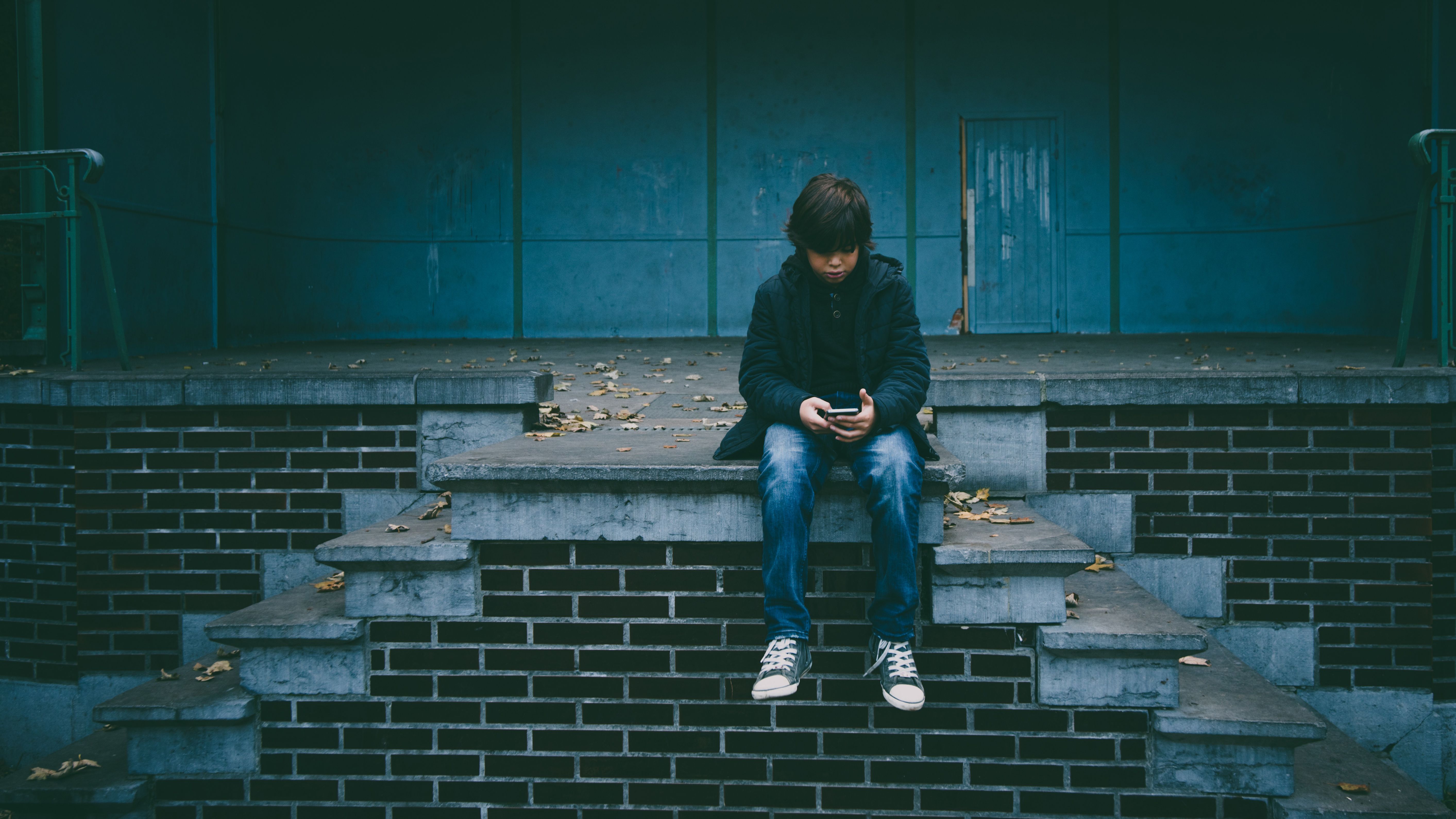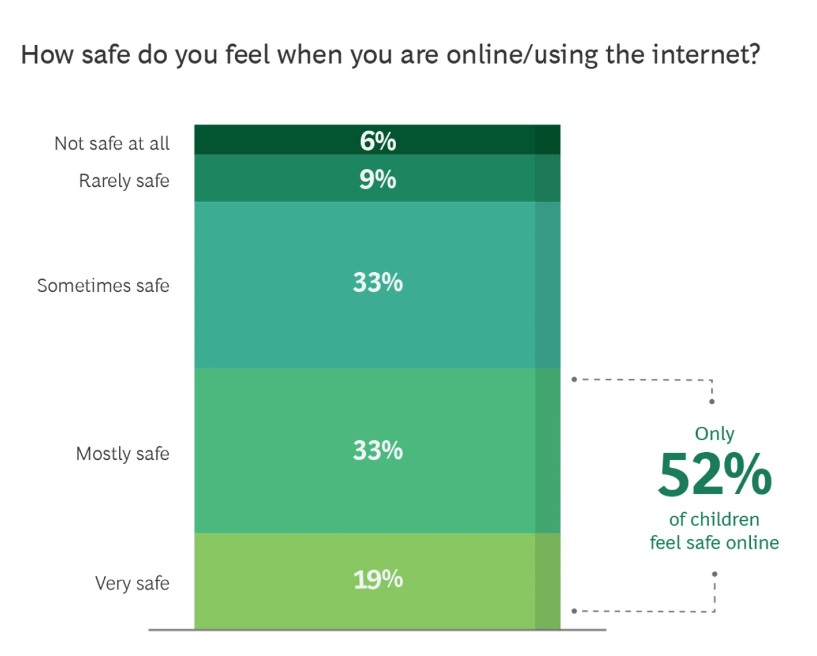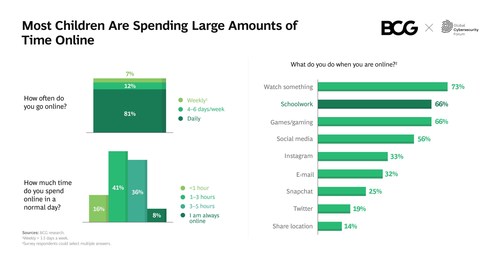Are children safe in cyberspace? - A new global report provides answers
81% of kids worldwide use internet daily

As children spend more and more time online, the cyber risks they face, such as online bullying, inappropriate content, and digital addiction, are worsening. There was even a recent report that said mobile apps that help people monitor their children are also leaking data to third parties and possibly malicious actors.
According to a new research study, as many as 72% of children who access the internet have encountered at least one cyber threat online, rising to 78% in the 16 to 18 age bracket. Overall, 81% of children go online daily, and 45% percent spend more than three hours on the internet every day.
The research, 'Why Children Are Unsafe in Cyberspace', done by Boston Consulting Group (BCG) and the Global Cybersecurity Forum (GCF), based on a survey of 41,000 parents and children online in 6 regions and 24 countries, said the most frequent nonacademic activities are watching something, gaming, or using social media, where these cyber threats can often occur.
The report said child protection in cyberspace is an urgent issue that needs immediate attention and more targeted responses than we have seen to date. The good news though is a blueprint for making the online realm a safer place for children is starting to emerge.
What's the response of parents?

The research found that online threats are endemic, and they affect a substantial number of children. As many as 93% of children from ages 8 to 17 are on the internet, and nearly three out of four respondents to the research study said they had experienced at least one cyber threat.
The report found that, while 83% of the children surveyed said they would turn to their parents if threatened online, only 39% of parents had been approached with concerns about online threats, indicating that many incidents remain undisclosed. In addition, only 41% of parents would report problematic content received by their children to the police, and only 34% would report such content to their children's school. Moreover, while three quarters of parents set limits on the time their children spend online, only 60% check their internet activity at least weekly, and 20% only do so once a year.
Latin America and the Middle East and North Africa (MENA) region are home to the highest percentage of younger children online: respectively, 70% and 65% of 8 year-olds are online in those regions, compared to 50% in Asia-Pacific and 48% in Europe. Children in Latin America and MENA also experienced the highest levels of cyber threats, with 79% in Latin America and 77% in MENA having experienced at least one such threat.
Get daily insight, inspiration and deals in your inbox
Sign up for breaking news, reviews, opinion, top tech deals, and more.

But what exactly constitutes a threat? It may be in the form of content (including exposure to illegal and age-inappropriate content, embedded marketing, and online gambling), contact (including ideological persuasion, exploitation, sexual abuse and trafficking, harassment, and drug addiction), conduct (including cyberbullying and excessive screen time) and consumer (including marketing and financial and security risks).
Alaa AlFaadhel, Initiatives & Partnerships Lead at the GCF said: "With 72% of children facing cyber threats, we believe the protection of children is crucial in a rapidly developing cyberspace. The solution to the pervasive threats that children face is to raise awareness of the issues and ensure united action, from educators to the private sector, can be put in motion."

Over three decades as a journalist covering current affairs, politics, sports and now technology. Former Editor of News Today, writer of humour columns across publications and a hardcore cricket and cinema enthusiast. He writes about technology trends and suggest movies and shows to watch on OTT platforms.